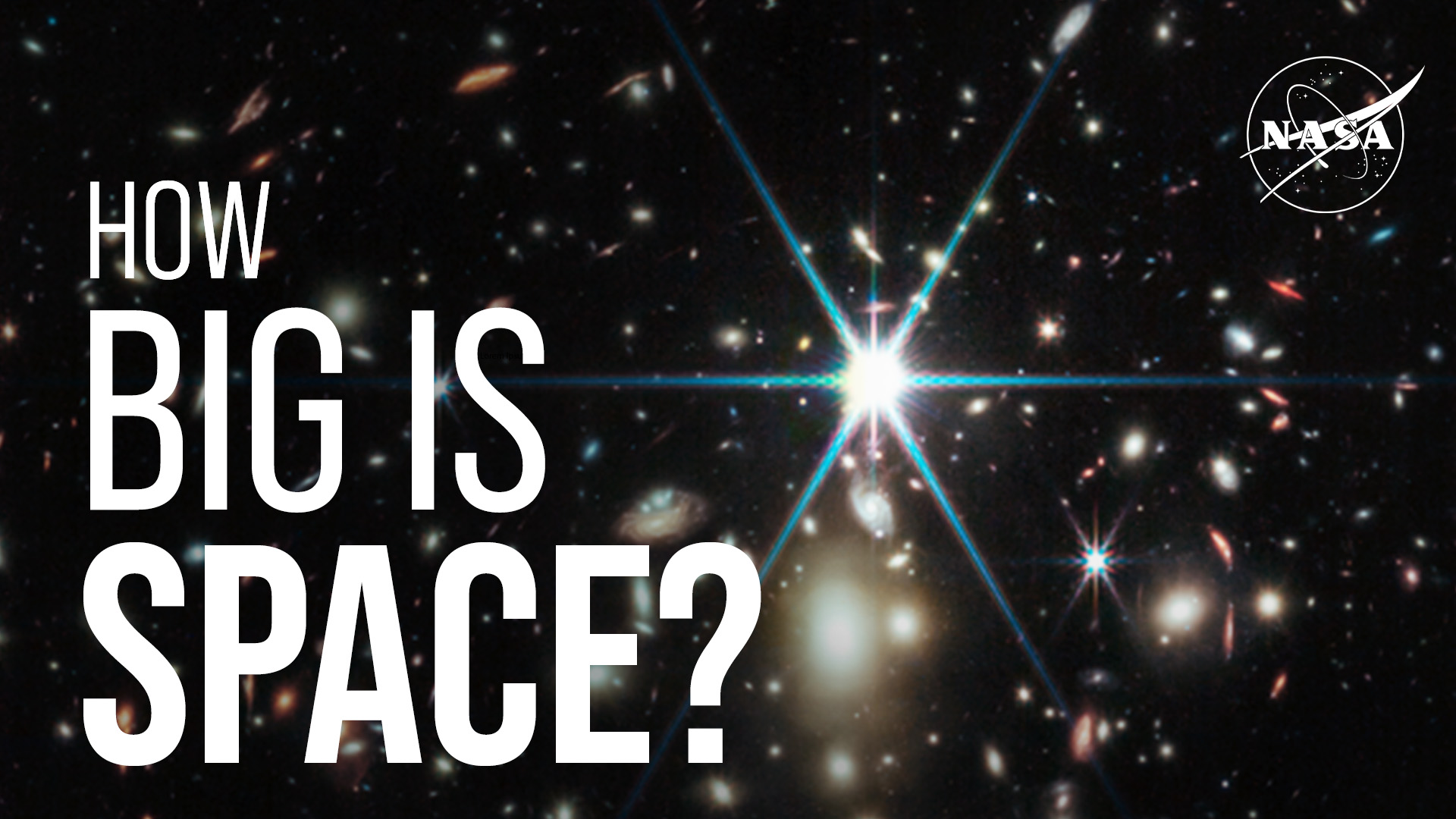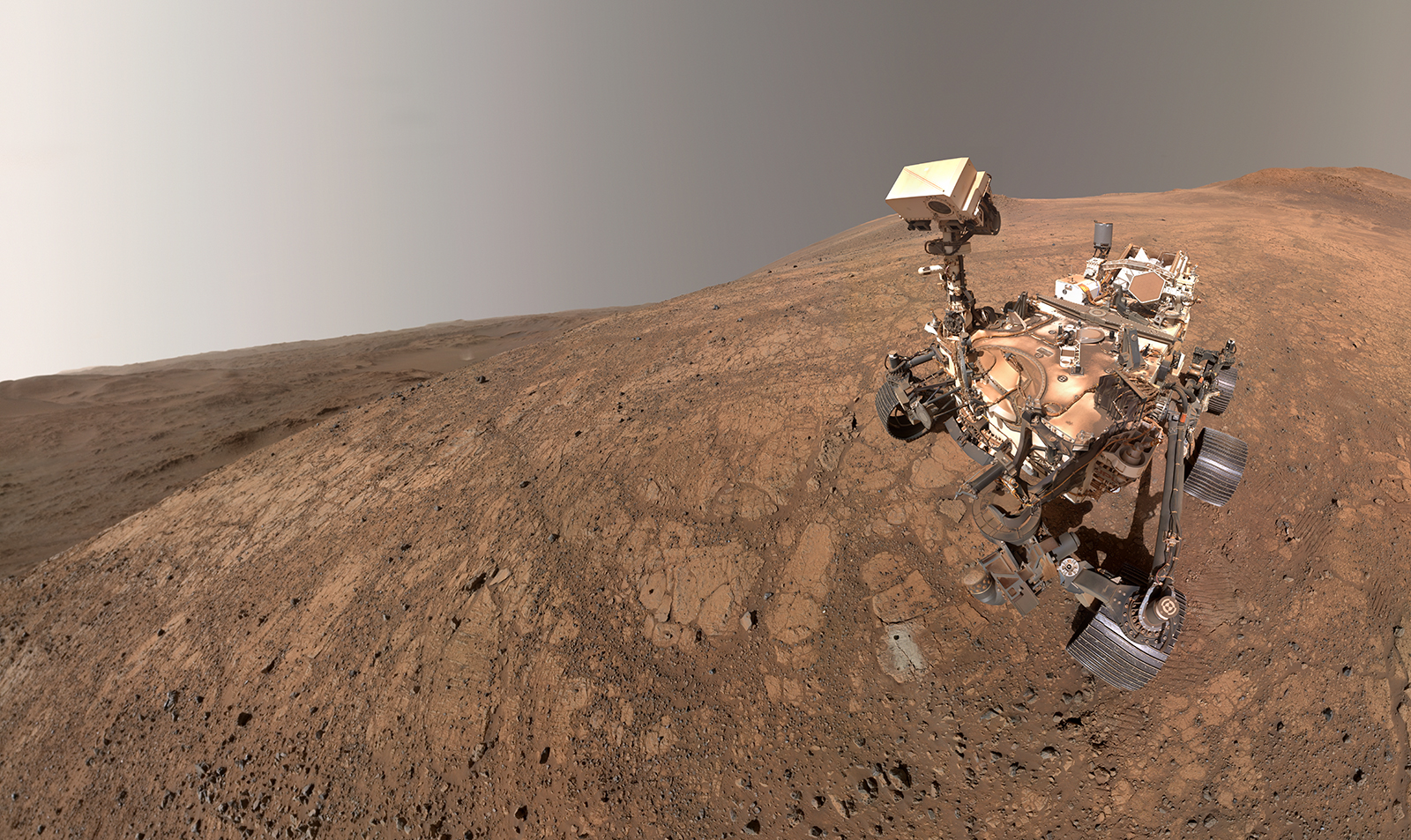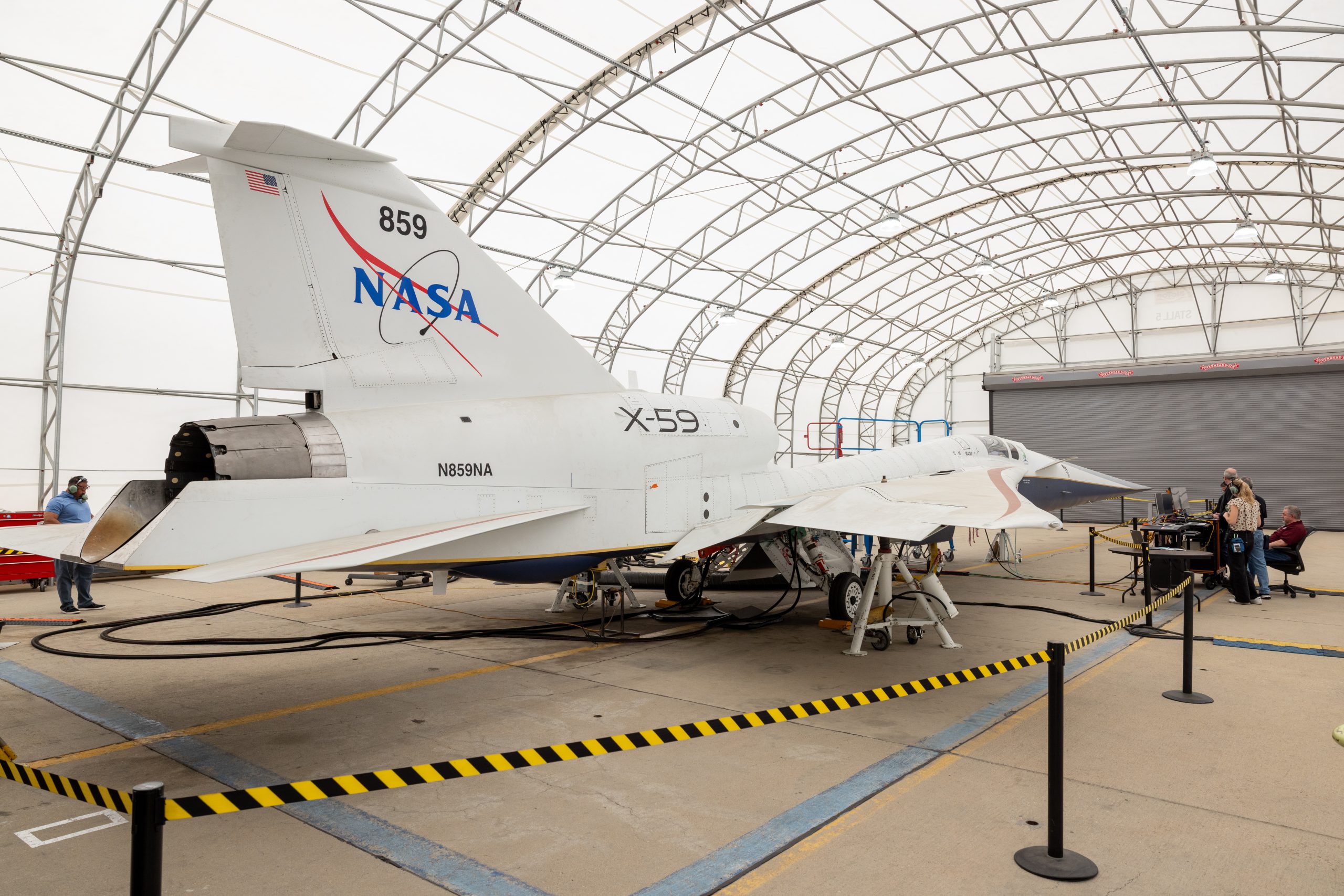Now Reading: How Vast is Space? Insights from a NASA Expert
-
01
How Vast is Space? Insights from a NASA Expert
How Vast is Space? Insights from a NASA Expert

Fast Summary
- Space’s scale is vast, adn traveling to Pluto at highway speeds would take approximately 6,000 years.
- astronomers use “light-years” as a unit for measuring distances beyond the solar system; one light-year equals about 6 trillion miles.
- The closest star to the Sun is located four light-years away, while our Milky Way galaxy spans roughly 100,000 light-years across.
- NASA’s James Webb Space telescope has captured images of galaxies emitting light from around 13.5 billion years ago.
- Due to the universe’s expansion, distant galaxies are much farther away than their emitted age suggests.
- The observable universe is estimated to be about 92 billion light-years across, but its actual size remains unknown due to limitations in observation and measurement methods.
- Scientists remain uncertain whether the universe is finite or infinite.
Indian Opinion Analysis
The discussion on space highlights humanity’s burgeoning ability to explore astrophysics using advanced tools like NASA’s James Webb Space Telescope – an endeavor that has implications for nations like India striving for technological excellence in space exploration programs such as ISRO missions or global collaborations in astronomy research hubs.Understanding cosmic scales serves as an significant reminder of international cooperation needed for breakthroughs that transcend borders while underscoring how investments into scientific revelation can enrich a country’s knowledge economy and global standing in science leadership.






















